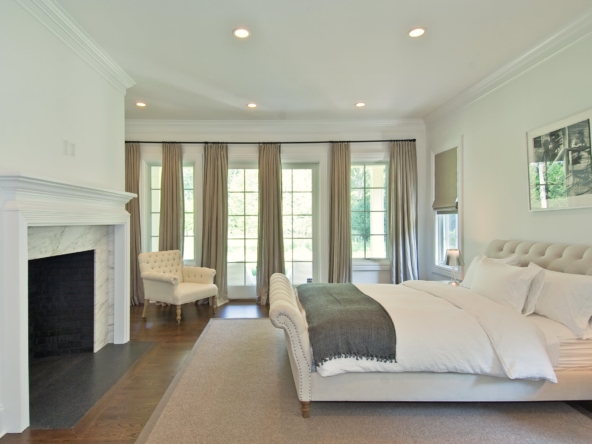Investing some time and effort up front to prepare your house for showings will generally increase the likelihood of receiving offers soon after you list your home. The longer your home stays on the market, the harder it can be to sell. Each home is unique, so it can be difficult to determine where to focus your efforts. We walk through and make recommendations to our clients that we believe will have a good return on their time and money. Here are some things to consider:
Identify repairs and make a plan
Normal wear and tear can add up, especially if you’ve lived in your home for a long period of time. From a door that squeaks to a window that sticks or a toilet that runs until you jiggle the handle, it’s easy to ignore minor issues that seem like quirks.
Buyers, however, may see these quirks as problems that lower the value of your home or as bargaining chips during the closing process. If you have too many noticeable repairs, buyers may also wonder if more serious issues lurk below the surface, and that could prevent them from making a good offer. Consider fixing any issues you’re aware of.
Declutter and clean – make it feel spacious
Big kitchens, bathrooms and storage tend to be big selling points so it can help to make your rooms look as spacious as possible. Professional home stagers recommend that you remove 50% of your items.
Decluttering also includes furniture. The scale of your pieces should match the size of the room, and buyers should be able to easily walk around spaces without bumping into furniture. Make sure furnishings don’t block doors, windows or architectural features. In a small living room, for example, consider removing end tables or accent chairs. Such moves aren’t convenient, but remember, they’re temporary.
Depersonalize your home and help buyers to see its full potential
In addition to cleaning and decluttering, you should consider depersonalizing your home. The goal when selling is to have a buyer fall in love with your house, picturing themselves living there and imaging their belongings inside. That can be difficult if your home has your personal stamp all over it.
Neutralize the space by removing items such as family photos, souvenirs, religious symbols, diplomas and certificates, hobby supplies, and collections, including CDs and DVDs. You don’t want a buyer to feel like they’re intruding in your space or, worse, take offense at your lifestyle.


